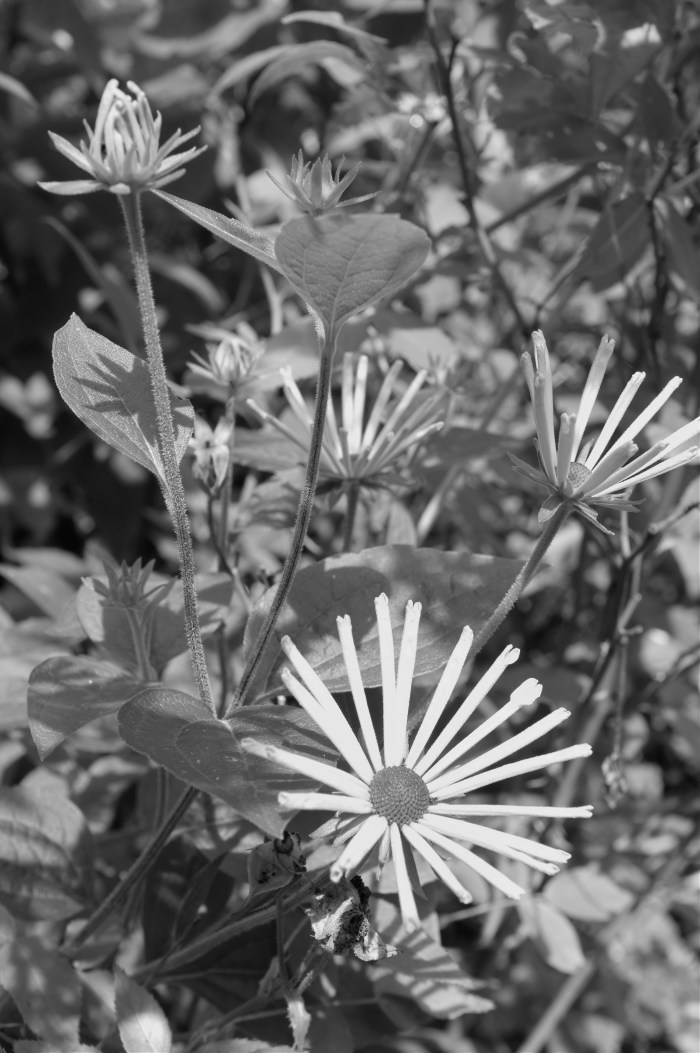Introducing Henry Eiler’s Sweet Coneflower ~
New to our garden this year is the Quilled Sweet Coneflower. The finely quilled sunny yellow petals are simply lovely, as is the overall shape of the plant. The wildflower is a North American native and bears the name of the southern Illinois horticulturist who found it growing in a railroad prairie remnant.
When lightly rubbed, the leaves of Rudbeckia subtomentosa reveal their sweet vanilla scent. I’ll let you know if it attracts bees, butterflies, and songbirds when the center florets open.
Railroad Prairie Remnants
“…the only remnant of any virgin, unplowed prairie that remains is along railroad tracks. When the railroads were originally built in the 1800’s, if they were going over a natural prairie, all they had to do was lay down the wooden crossties, pack in bed fill, and lay the rails….the remaining right-of-way remained essentially undisturbed. In many locales, a road also was constructed parallel to new tracks, so that the few hundred feet of railroad right-of-way trapped between the tracks and the road remained unplowed to this day, and in many areas has reserved a remarkable diversity of prairie species. In most areas, accidental fires happen fairly regularly, which enhances the vigor of the prairie vegetation.” Larry Lowman



Sandy, from Essex, commented to my blog about prairie remnants so I thought I would share with GMG readers what she had to say.
Hi Kim,
When I was a child in rural Minnesota my aunt had a property that had a hill of what she called “virgin prairie”. Every May day we would go there and gather many special wild flowers. Thus your piece about the space between the railroad track and the road inspires my imagination. By the way, I love your plantings by the Harbor Walk in Gloucester! I planted a butterfly garden last fall here on our property in Essex and it’s been a big success….all kinds of butterflies!! I will keep my eyes open for that giant swallowtail. This year I will add some coneflowers etc. Woodchucks ate the original ones. My mother used to raise Cecropia moths when I was a kid so I learned all about the different stages. Last year I found a Polyphemus moth on our Juniper trees. Very exciting. Thanks for all your great pieces.
Sand,y Lufkin Point, Essex
LikeLike